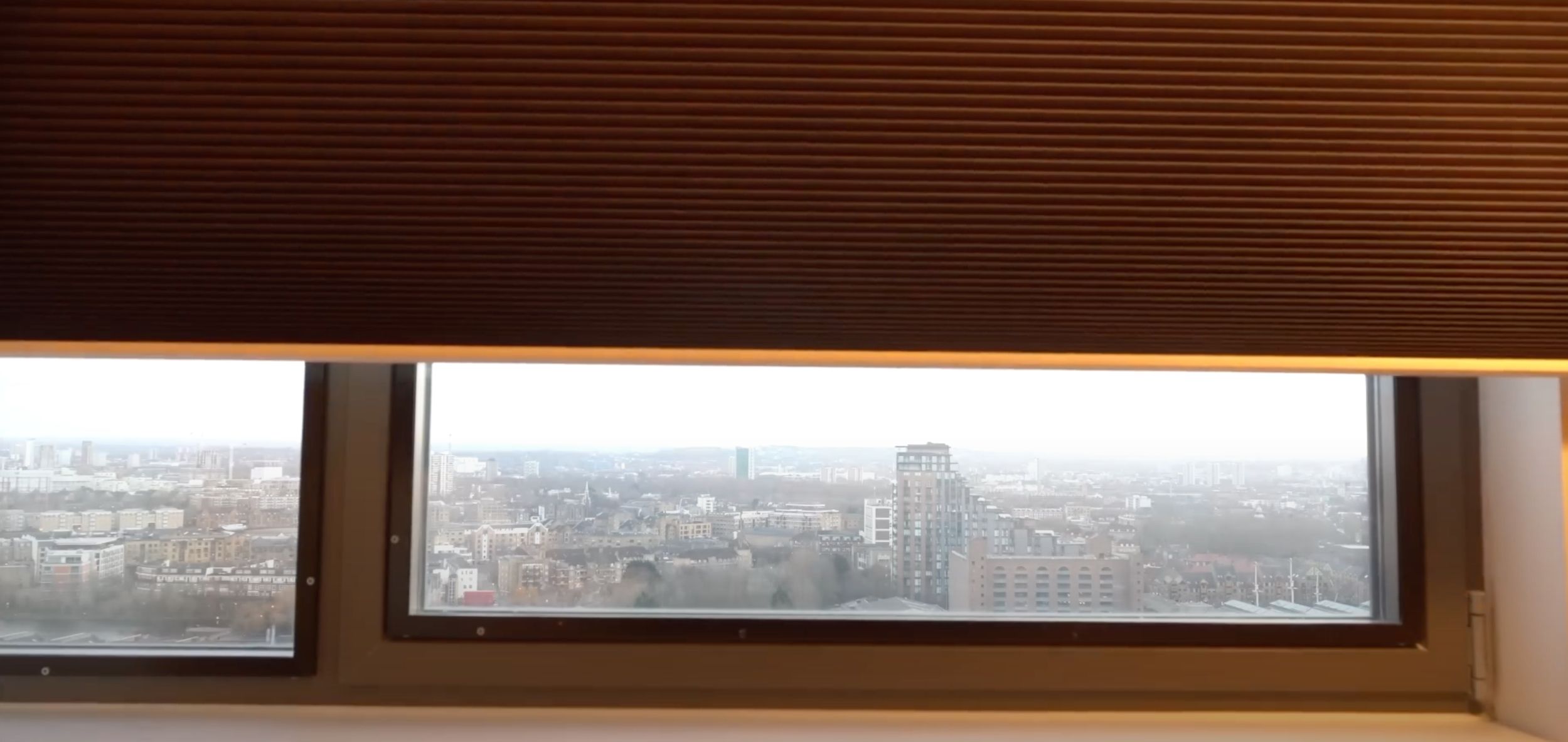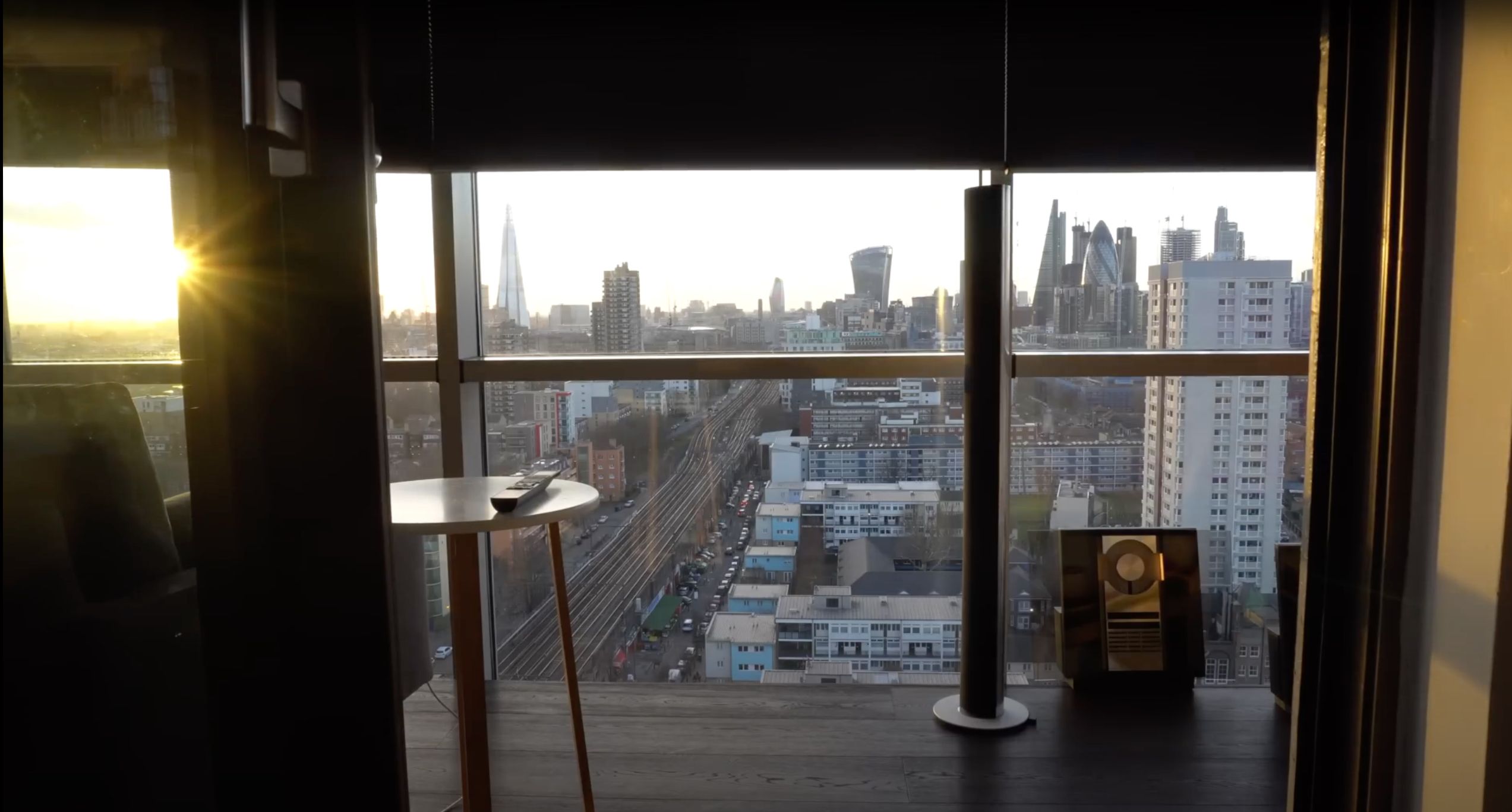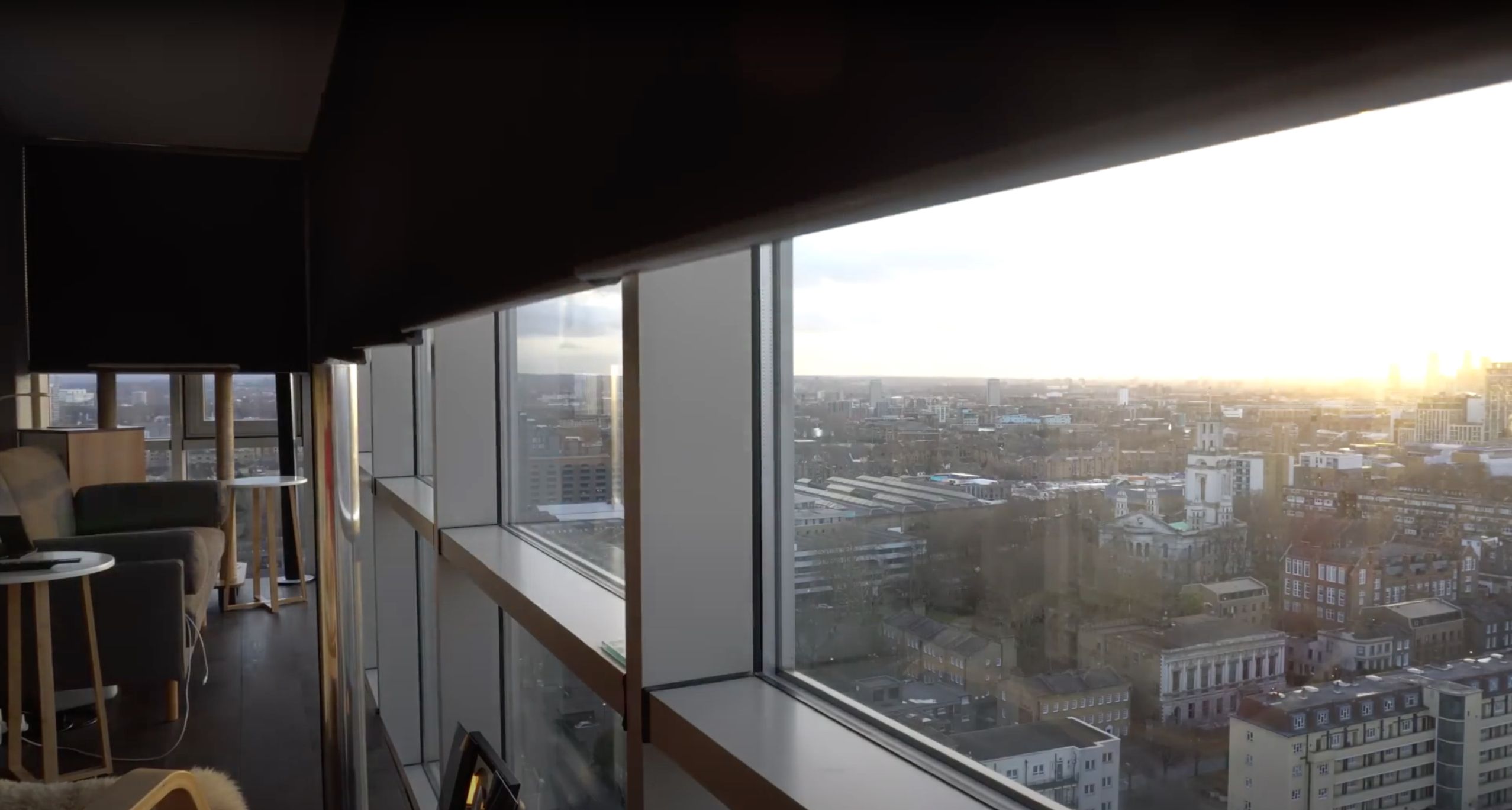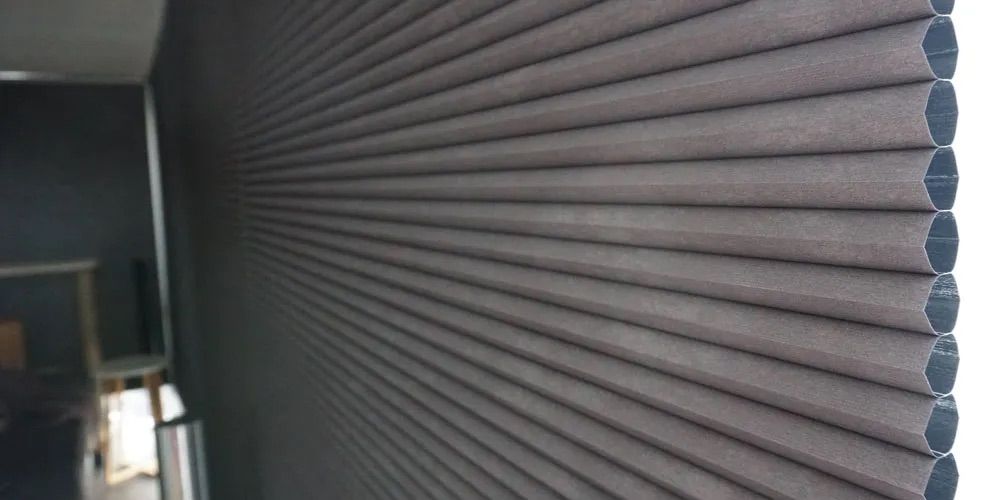There’s more to motorized blinds than lazily letting light into the bedroom without getting out of bed. That’s only one of the benefits that investing in hands-free smart blinds brings! There are whole range of other upsides, from automated cooling and heating to making your home a safer place for children and pets.
1 Preparing Your Bedroom for Sleep
When you reach the end of a long and tiring day, it’s great when your bedroom prepares itself for you to just fall into bed and sleep. I have a single voice command that prepares my bedroom for me by selecting dim lighting and closing the bedroom blind.
I choose the voice command approach because I don’t have a very consistent bedtime, but if you do then you can use schedule an automation instead to achieve the same thing.
Either way, perhaps the best thing about this is that you can’t forget to close the bedroom blind, so there’s no risk of being woken at an unholy hour by a blinding sunrise in the summer months.
2 Gently Waking You in the Morning
While I don’t have a consistent bedtime, I do generally like to wake at the same time on weekdays. If you’re more of a morning person than me, you might want to opt for simply opening the bedroom blind fully when it’s time to wake. Personally, I need a little more time to adjust to the fact that morning has arrived, so I have a two-stage scheduled automation that operates Monday to Friday.
When it’s time to wake, the blind opens around 20% of the way. This lets in some daylight without instantly shocking me with a full-on blast of sunlight. Once it’s time to actually get out of bed, the blind opens the rest of the way to make sure that I get the message that morning cannot be postponed any further and I have to begin adulting.
If you follow my example in opting for this two-stage approach, then the amount of light you allow in during stage one will depend on the orientation of your bedroom in relation to the morning sun, as well as your typical weather. I live in London so even though my bedroom faces south, I don’t have to contend with the threat of laser levels of sunbeams searing my eyeballs.
If you do, you may want to start the day by just very slightly cracking the blind.
3 Providing Natural Cooling and Heating
My apartment has floor-to-ceiling windows at the front, and the living room faces west. This means that in summer, the room tends to get bright sunlight from around noon to a little before sunset, and things can get seriously hot even with the windows open.
For that reason, I have a scheduled automation that closes the front blinds at noon and re-opens them at sunset. Depending on your home automation platform, you may also be able to integrate weather conditions into your automations. At one point I had an IFTTT routine that did this, but once the platform started charging for applets I decided that a timed automation was good enough.
In winter, those same floor-to-ceiling windows let the heat leach as soon as the sun goes down. I have a scene which closes most of the blinds but leaves a “window” open in front of the sofa so that I can still enjoy the view.
Again, your location and the orientation of your rooms will determine what makes sense for your blinds, but aiming to keep heat out in summer and maintain warmth during winter can make a big difference to both your comfort and your fuel bills.
4 Protecting Your Home Decor From Harsh Sunlight
Even if heat isn’t an issue in your home, you might still want to use automated blind closures to protect fabrics and paintings from harsh sunlight. Sun can bleach sofa and chair fabrics and cause paintings and photographic prints to fade.
This can be especially problematic if the way the sun enters your home creates areas of brightness and darkness, as this can create very unappealing stripes in furniture and art. Programming blinds to close during the times of the most direct sunlight can provide a great deal of protection.
5 Preparing for Movie Nights
In the bright summer evenings in particular, it can help a lot to close blinds before settling down to watch a movie, especially if you use a projector. A single voice command can completely configure the room for the optimum viewing conditions, from closing blinds to dimming lighting and even turning on TVs and media centers.
6 Making a Home Look Occupied When Away
When you’re away from home, blinds can be one of the biggest giveaways that a home is unoccupied. Having blinds up all the time lets burglars see into your home, while having them down 24/7 sends an equally clear signal that there’s nobody home.
With smart blinds, you can use timed automations to close the blinds at sunset and open them either at sunrise or at a fixed time in the morning. Of course, if you’re already using some of the timed automations we’ve suggested above then you can allow those to run as usual.
7 Reducing Risks to Children and Pets
If you have toddlers or pets, conventional cord-operated blinds can pose a safety hazard. With cords dangling, there’s always the risk of either a child or a pet getting tangled in them. A cord being caught around the neck and the child or pet then falling from furniture might be a rather small risk, but tragically there are several such deaths each year.
Smart blinds usually have internal cords which are completely enclosed by the blinds themselves, eliminating this risk.
8 And Yes, Laziness
I may have opened the piece by stating that laziness isn’t the only reason to have smart blinds, but hey, we all live busy lives and there’s nothing wrong with a bit of laziness during downtime.
While I use timed automation for my bedroom blind in the week, those don’t operate at the weekend so I can sleep in as long as I like. Once I am finally ready to be exposed to a little daylight, I can use a simple “Wake Up” voice command to activate the same 20% opening to let in a manageable amount of the day. When I’m ready to prize myself out of bed, a second command fully opens the blind.
Similarly in other rooms, it’s a pleasant touch of luxury to be able to simply walk into a room and issue a voice command to open or close blinds.
If you’re tempted to invest in smart blinds, you’ll find options at a wide range of price points. In my current apartment, I opted for one of the most expensive products with custom-made blackout and thermal blinds with HomeKit support, but as I’m shortly going to be moving that custom sizing means I can’t take them with me. I’m likely to opt for less extravagant versions next time, to keep the cost down.
I’ll also likely to start my next smart home with just the bedroom. Finally, if you have non-techies in your home, you’ll want to opt for blinds with physical remotes as well as apps and voice control.








